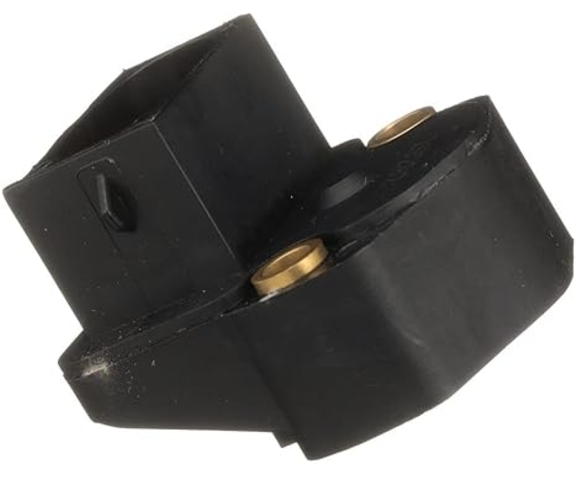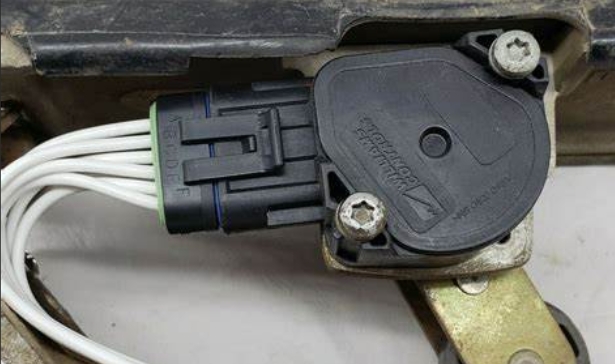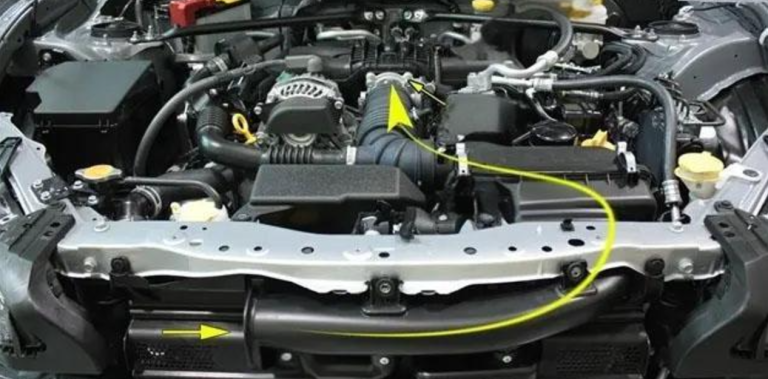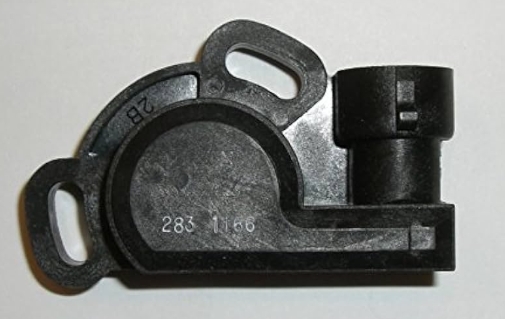Throttle Position Sensor on FoxBody Mustang
FoxBody Mustang Throttle Position Sensor Problems
A faulty Throttle Position Sensor (TPS) on a FoxBody Mustang can cause several issues. Here are some common Throttle Position Sensor Symptoms:
Check Engine Light: The most common symptom is the illumination of the check engine light.
- Rough Idling: The engine might idle roughly or inconsistently.
- Poor Acceleration: You may notice a lack of power or poor acceleration.
- Stalling: The engine may stall or have difficulty maintaining idle speed.
- Erratic Throttle Response: The throttle may become unresponsive or overly sensitive.
- Reduced Fuel Efficiency: You might experience a drop in fuel efficiency due to improper air-fuel mixture.
If you’re experiencing any of these symptoms, it’s a good idea to have the TPS checked by a professional mechanic.
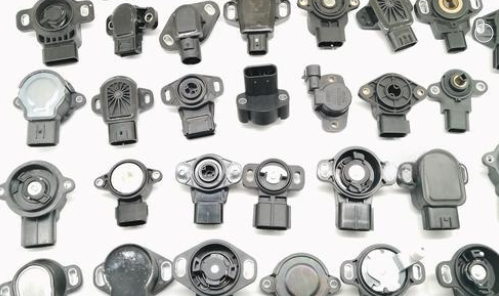
Throttle Position Sensor
FoxBody Mustang Throttle Position Sensor Adjustment
Adjusting Throttle Position Sensor on FoxBody Mustang involves a few key steps to ensure proper idle and performance. Here’s a general guide:
Tools Needed:
- Digital Volt/Ohm Meter (DVOM)
- Screwdriver
- Small flathead screwdriver or a sewing needle
Steps:
- Disconnect the Battery: Ensure safety by disconnecting the negative terminal of the battery.
- Locate the TPS: The TPS is usually mounted on the throttle body.
- Remove the Old TPS: Unplug the electrical connector and remove the screws holding the sensor in place.
- Install the New TPS: Slide the new sensor over the throttle shaft, screw it in place, and reconnect the electrical connector.
- Adjust the TPS Voltage:
- Turn the key to the “on” position (engine off).
- Use the DVOM to measure the voltage on the green wire of the TPS.
- Adjust the sensor by twisting it slightly until the voltage reads between 0.75 and 0.98 volts when the throttle is closed.
- Recheck Voltage: Tighten the retaining screws and recheck the voltage to ensure it’s within the correct range.
- Reconnect the Battery: Reattach the negative terminal of the battery.
- Clear Error Codes: Use an OBD-II scanner to clear any stored error codes and start the engine to ensure the issue is resolved.
For precise instructions, it is recommended to consult the vehicle’s service manual or contact a professional mechanic.



